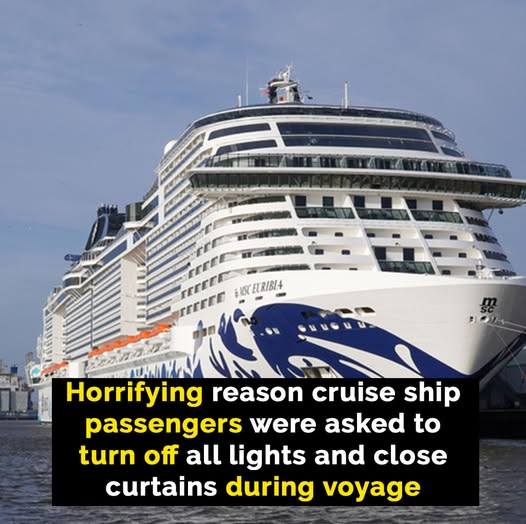
For many individuals, a cruise signifies sun-drenched decks, limitless buffets, and refreshing ocean breezes. However, passengers aboard Cunard’s latest luxury ship, the Queen Anne, recently encountered a surprising—and somewhat disconcerting—twist to their ideal vacation.
The Queen Anne was undertaking its inaugural 111-night global journey, having departed from Germany and set to visit exotic ports. As the vessel neared the Sulu-Celebes Sea, situated between the Philippines and northern Australia, the captain delivered an unexpected announcement: the ship was now under a “heightened level of security alertness.”
The cause? Concerns regarding piracy in the area. Guests were advised to switch off unnecessary lights, keep curtains drawn, and refrain from using promenade decks during the night. Only essential deck lighting remained illuminated to minimize visibility.
Videos of the announcement circulated online, with viewers describing it as “chilling” and expressing astonishment that piracy remains a contemporary threat. Another video depicted armed security personnel on board, a precautionary measure in case of escalation.
While such precautions may appear excessive, maritime experts emphasize that piracy, although infrequent, still occurs in specific waters—especially in the Sulu-Celebes Sea. Incidents typically target cargo or commercial vessels rather than cruise ships.
Cunard assured the public that there was no immediate threat. A spokesperson stated that these measures were standard maritime protocol in certain areas and that life onboard continued as usual.
For passengers, the brief “blackout” may not have been included in the brochure, but it transformed into an unforgettable aspect of the journey—a reminder that even luxury travel can intersect with real-world dangers.
This incident raises a thought-provoking question for travelers: would you still choose to embark on a dream cruise knowing it navigates through waters once notorious for piracy?
